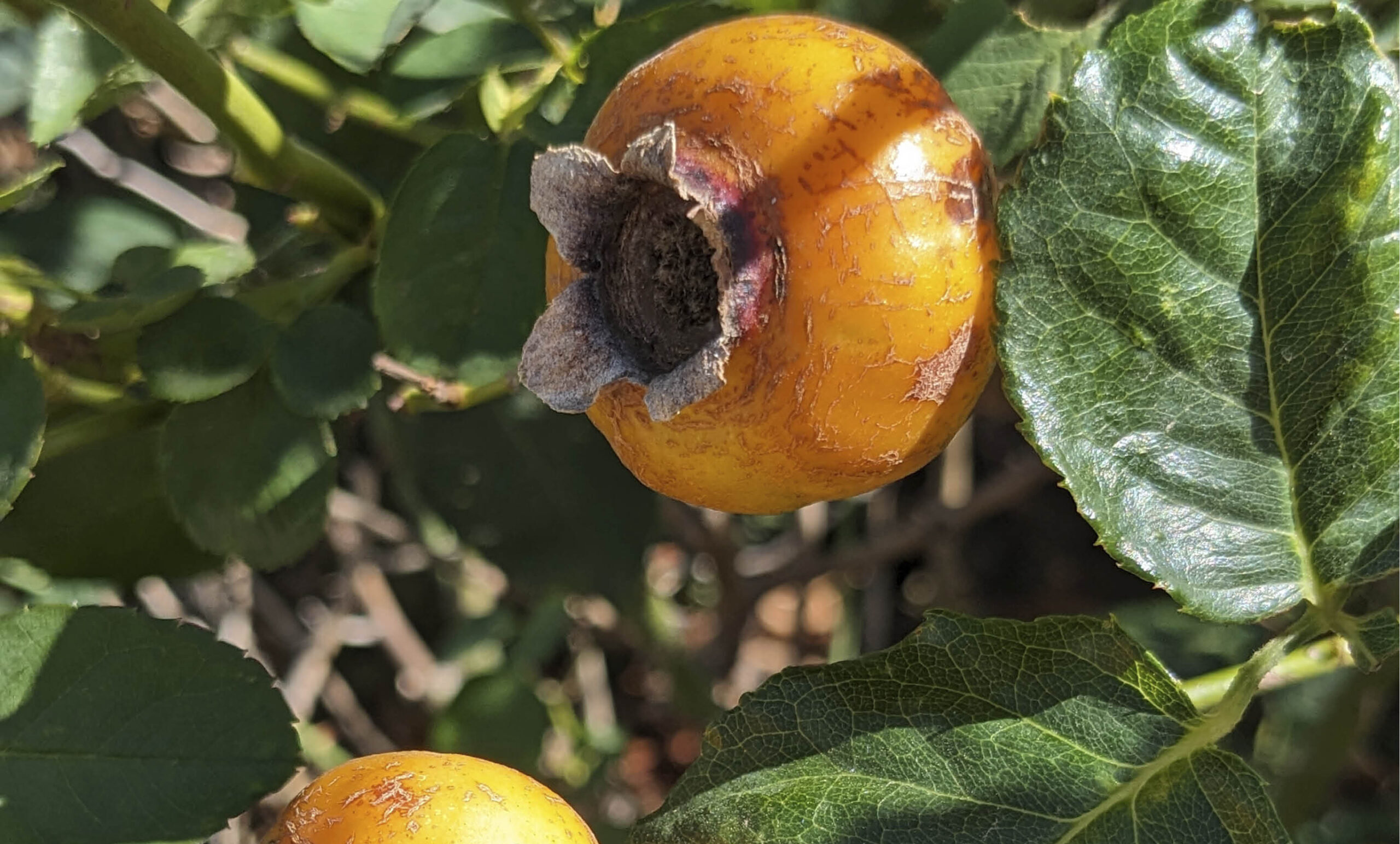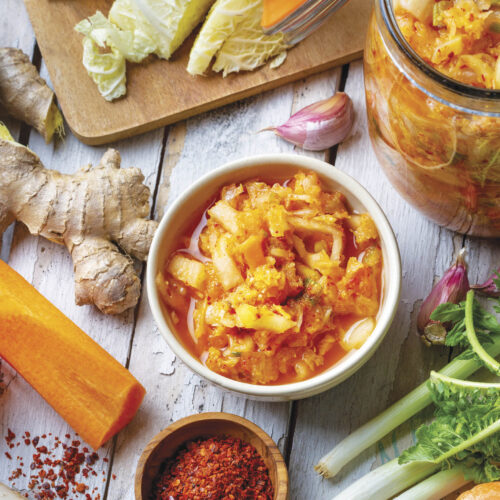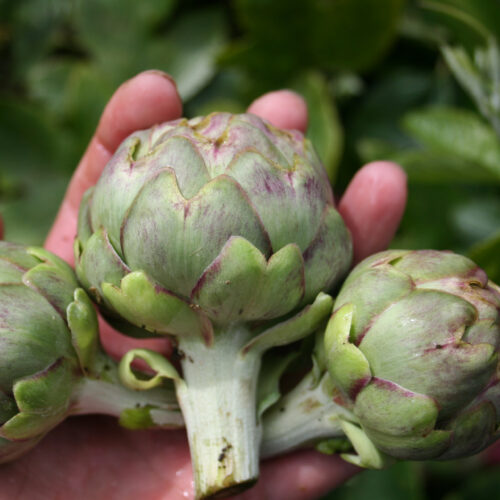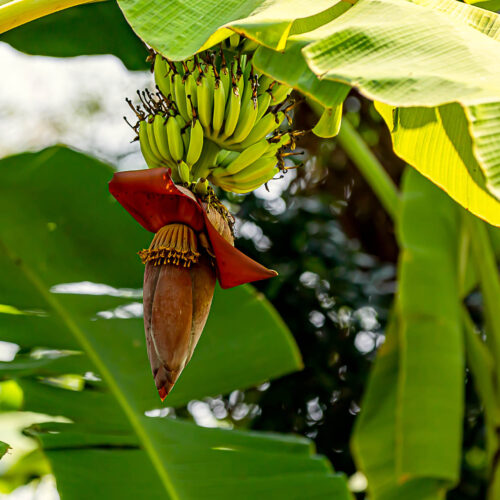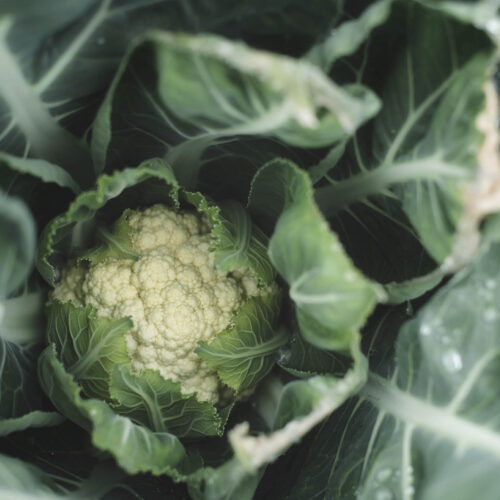Rose hips
2021-04-20T01:06:33+10:00
Roses are usually grown for their flowers, but many roses will also produce brightly coloured hips in autumn.
In this bountiful season of “mists and mellow fruitfulness”, some roses (Rosa species) come into their own again. Roses are usually grown for their flowers, but if you forget or decide not to remove the spent flower heads, then many roses will also produce brightly coloured hips in autumn. Colours can range from dark purple to bright orange, with lots of reds in between. These fruit make glorious splashes of colour well into winter often equalling their flower display earlier in the year. As well as being beautiful in the garden they are also stunning in flower arrangements. Rose hips vary in shape and size, some borne upright, while others are pendulous, some globular, others cup-shaped as well as small and oval.
R. rugosa is one of my favourites, as well as being a tough and easy to grow plant, depending on the cultivar, the hips can be scarlet, deep crimson and orange red. Another favourite is R. rugosa ‘Scabrosa’. There are many other roses that produce hips including the dog rose (R. canina) often seen growing wild beside the road or in old cemeteries; R. moyesii ‘Geranium’ with diminutive flowers and urn shaped orange red hips; as well as R. pimpinellifolia with hips that are almost black. And another that I intend to grow, R. ‘Penelope’ which has creamy white flowers and salmon pink hips.
Generally hips can’t be eaten fresh because of sharp hairs on the seeds. But they are high in vitamin C and can be stewed and made into syrup, jelly and wine; drunk as tea or used to flavour sugar, vinegar and honey.
Rose hip and apple jelly
This is the rose hip and apple jelly recipe that I’ve used for years. Read the recipe carefully before you start to make sure you’ve got all the bits and pieces needed.
1 kg of apples (any sort, fallen or crab apples ok)
500 g of rose hips.
Water
Juice of one lemon
About 500g of sugar.
Roughly chop the apples removing any damaged or brown bits but no need to peel or core. Trim the tufts off the rose hips and roughly chop. Place both fruits into a large preserving pan and cover with water. Then add an extra 300 ml of water and the lemon juice. Bring to the boil and simmer until the fruit is very soft and tender, but not mushy.
Leave to cool a little. Use your jelly bag or a scalded piece of muslin (pour boiling water over the cloth). I use a large piece of muslin and line a large colander with it, sitting the colander in a larger bowl. I then pour the mixture into the muslin lined colander and tie the muslin at the top with strong string. Suspend the muslin ball from a from a broomstick spread between two chairs. Remove the colander and let the juice drip slowly into the bowl. This usually needs to be left overnight. Don’t squeeze, stir or shake the bag at any time, or the jelly will be cloudy rather that sparkling clear.
The next morning, put the fruit pulp into your compost or worm farm and return the liquid to a preserving pan measuring how many cups of liquid as you go. Add one cup of sugar for each cup of liquid. Bring slowly back to the boil, stirring to dissolve the sugar. Boil until you reach setting point (105ºC or test with the cold saucer method). Leave to cool a little and then pour into sterilised jars placed on a wooden board, and then seal. Use on toast, with meats and cheese.

